What is Sperm Retrieval?
Sperm retrieval is a technique to get sperm for fertility purposes.
When is sperm retrieval recommended?
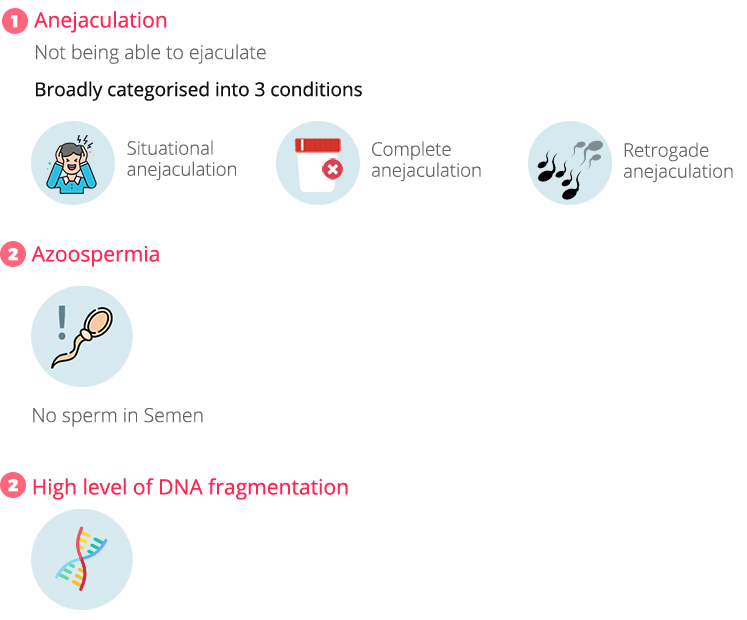
1. An individual who is not able to ejaculate (Anejaculation),which can be broadly divided to 3 categories:
- Situational anejaculation
- Complete anejaculation
- Retrograde anejaculation
2. An individual with no sperm in Semen. (Azoospermia).
Situational anejaculation
One of the most common causes of anejaculation is situational anejaculation. When a man can ejaculate in some situations but not in others. Frequently, this type of anejaculation is caused by stress in situations such as being in the fertility clinic where some men become tense when they know they have to give a semen sample “on-demand”. The man is otherwise normally able to ejaculate.
These patients usually respond to Counselling and Relaxation. If this doesn’t work :
We can give some medications such as Viagra (Sildenafil) or similar tablet.
The patient can go for home collection if the home is nearby.
The patient can go for penile vibrator stimulation (PVS) which are available in our clinics. (A special vibrator placed at the tip of the penis. This stimulation can cause an ejaculation)
Complete anejaculation
When a man is never able to ejaculate semen either during intercourse or by masturbation, at home or in the clinic. These patients require detailed evaluation and treatment is offered accordingly.
Retrograde ejaculation
Retrograde ejaculation occurs when semen goes into the urinary bladder instead of leaving the penis during ejaculation. Retrograde ejaculation isn't harmful but it can impair fertility since it affects the delivery of sperm to the vagina during intercourse. The condition is relatively uncommon, accounting for only 0.3% - 2% of male fertility problems. Immediately after ejaculation, the urine is examined and the presence and absence of the sperm in the urine are evaluated to diagnose it.
Azoospermia
The patient is able to ejaculate but there is no sperm (even under a microscope) in multiple raw samples even after high-speed centrifugation. Azoospermia can be either due to :
-
Obstructive Azoospermia:
Obstruction in the passage -
Non-obstructive Azoospermia:
Poor (Hypo-spermatogenesis) or absent (Testicular failure) production in the testis
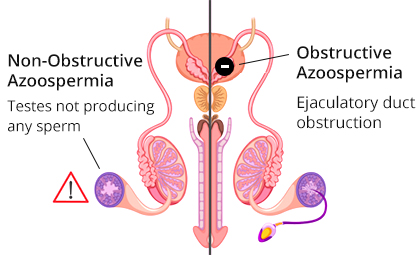
In these cases, sperm can be tried to obtain through various surgical techniques from the testis. These include:
Testicular Sperm Extraction (TESE)
-
It involves making a small incision in the testis (surgical biopsy of testis) and examining the tubules for the presence of sperm.
-
Usually performed in the operating room with sedation, but can be performed in the office with local anesthesia alone
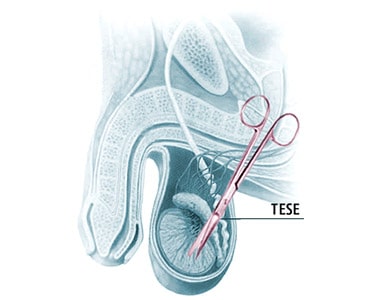
Testicular Sperm Aspiration (TESA)
-
It is a procedure performed for men who are having sperm retrieved for IVF/ICSI.
-
It is done with local anesthesia in the operating room or office.
-
A needle is inserted in the testicle and tissue/sperm is aspirated.
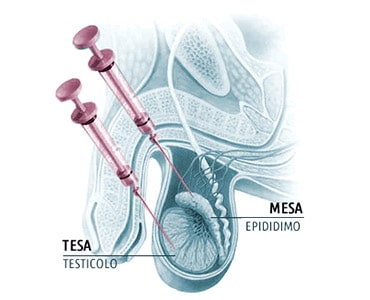
Microsurgical Epididymal Sperm Aspiration (MESA)
-
Procedure performed for men with obstructive azoospermia who have a vasal or epididymal obstruction (s/p vasectomy, congenital bilateral absence of the vas deferens).
-
MESA is performed in the operating room with general anesthesia utilizing the operating microscope.
-
MESA allows for an extensive collection of mature sperm as compared to aspiration techniques

Percutaneous Epididymal Sperm Aspiration (PESA)
-
Does not require a surgical incision.
-
A small needle is passed directly into the head of the epididymis through the scrotal skin and fluid is aspirated.
-
The embryologist retrieves the sperm cells from the fluid and prepares them for ICSI
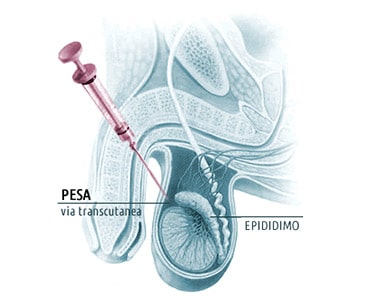
Microsurgical Testicular Sperm Extraction (Micro-TESE)
-
It is done only for non-obstructive azoospermia.
-
It is performed in the operating room with general anesthesia under the operating microscope.
-
It is carefully coordinated with the female partner’s egg retrieval and is performed the day before egg retrieval.
-
Patients frequently have a donor sperm backup in case sperm are not found in the male partner.
-
It has significantly improved sperm retrieval rates in azoospermic men.
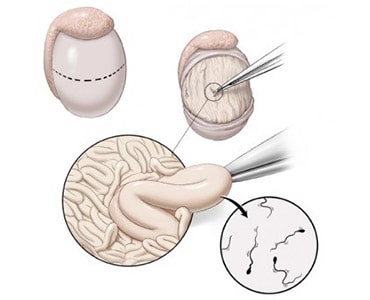

.png) 0361-2800800
0361-2800800 (+91) 9864103333
(+91) 9864103333










